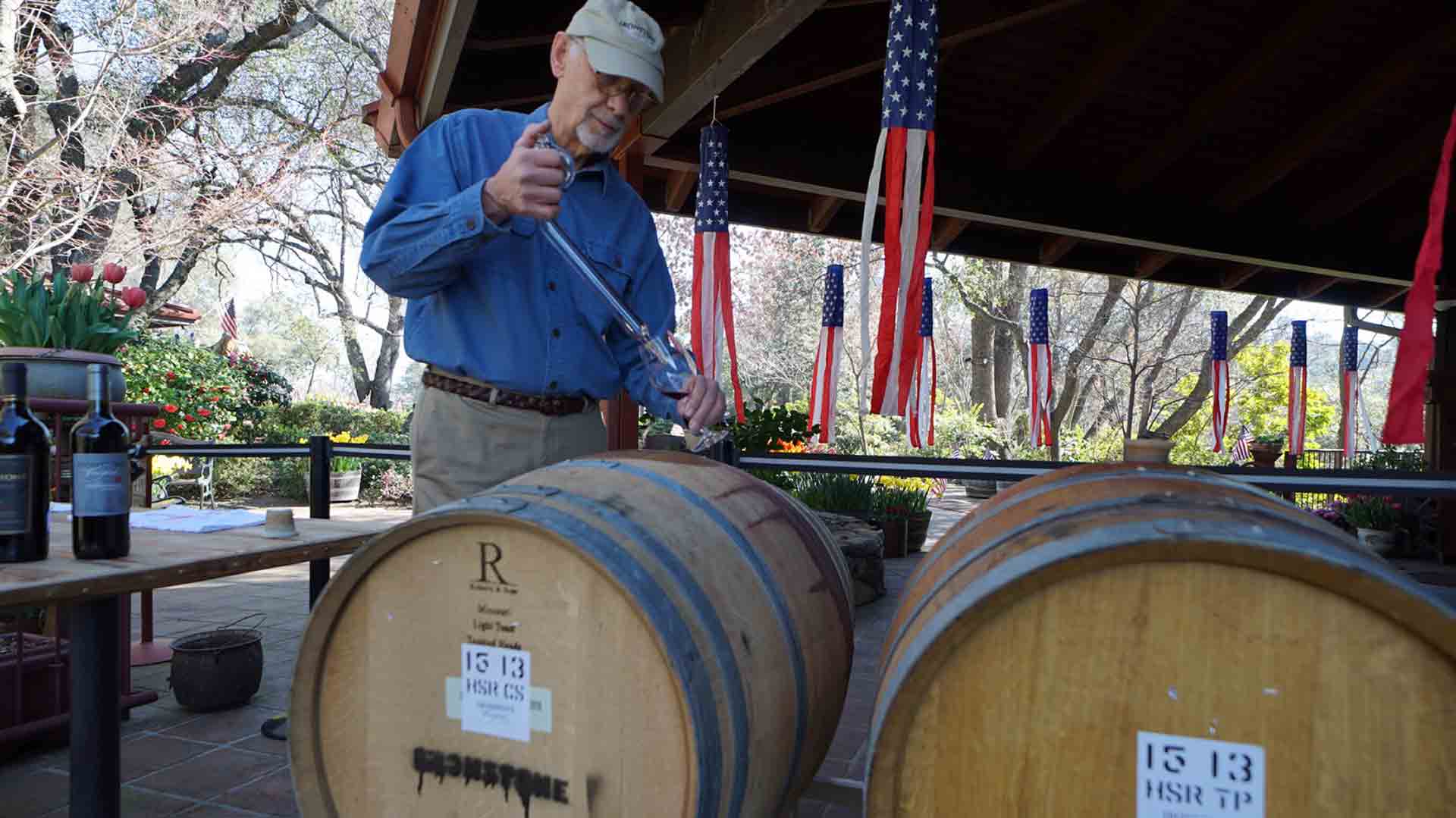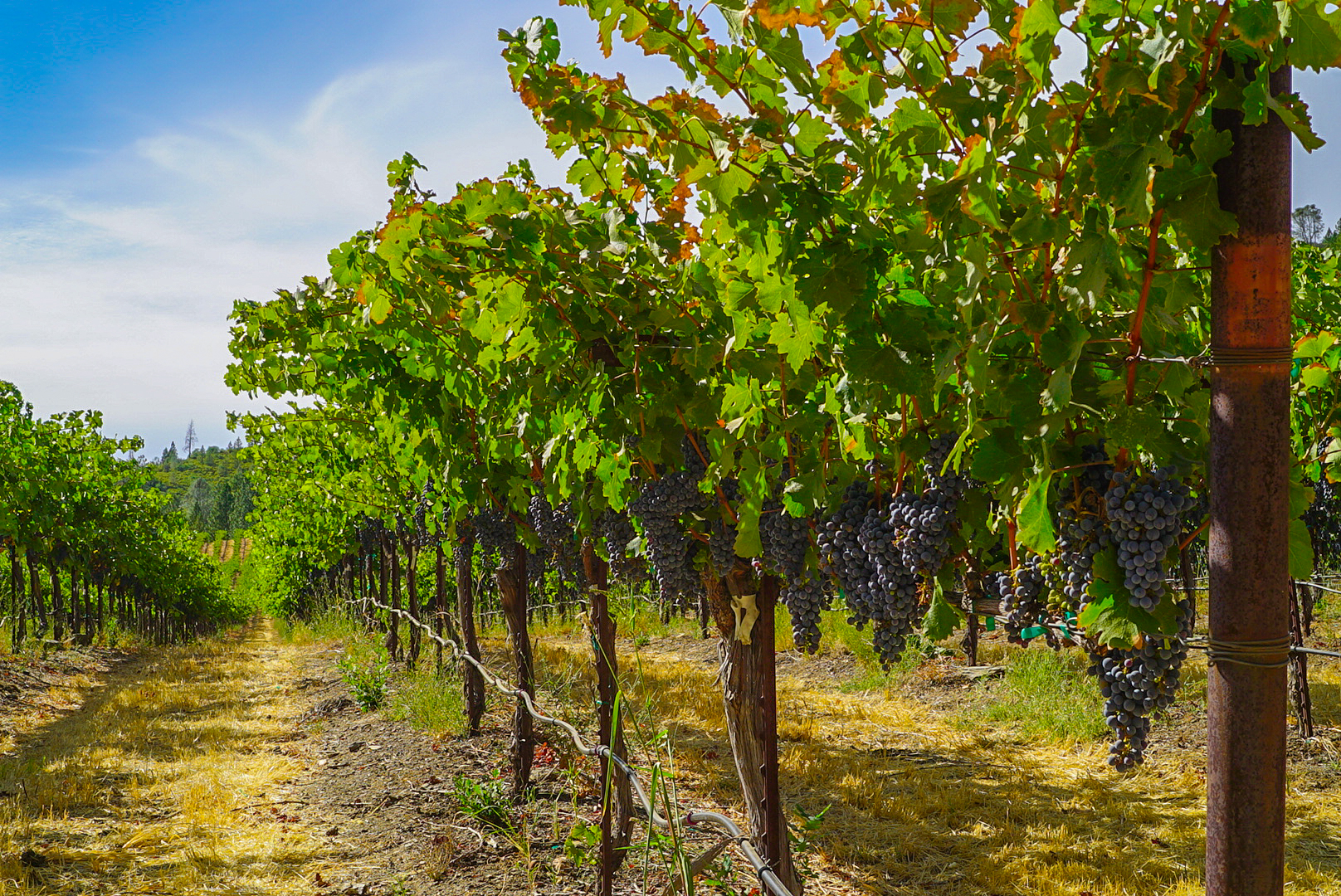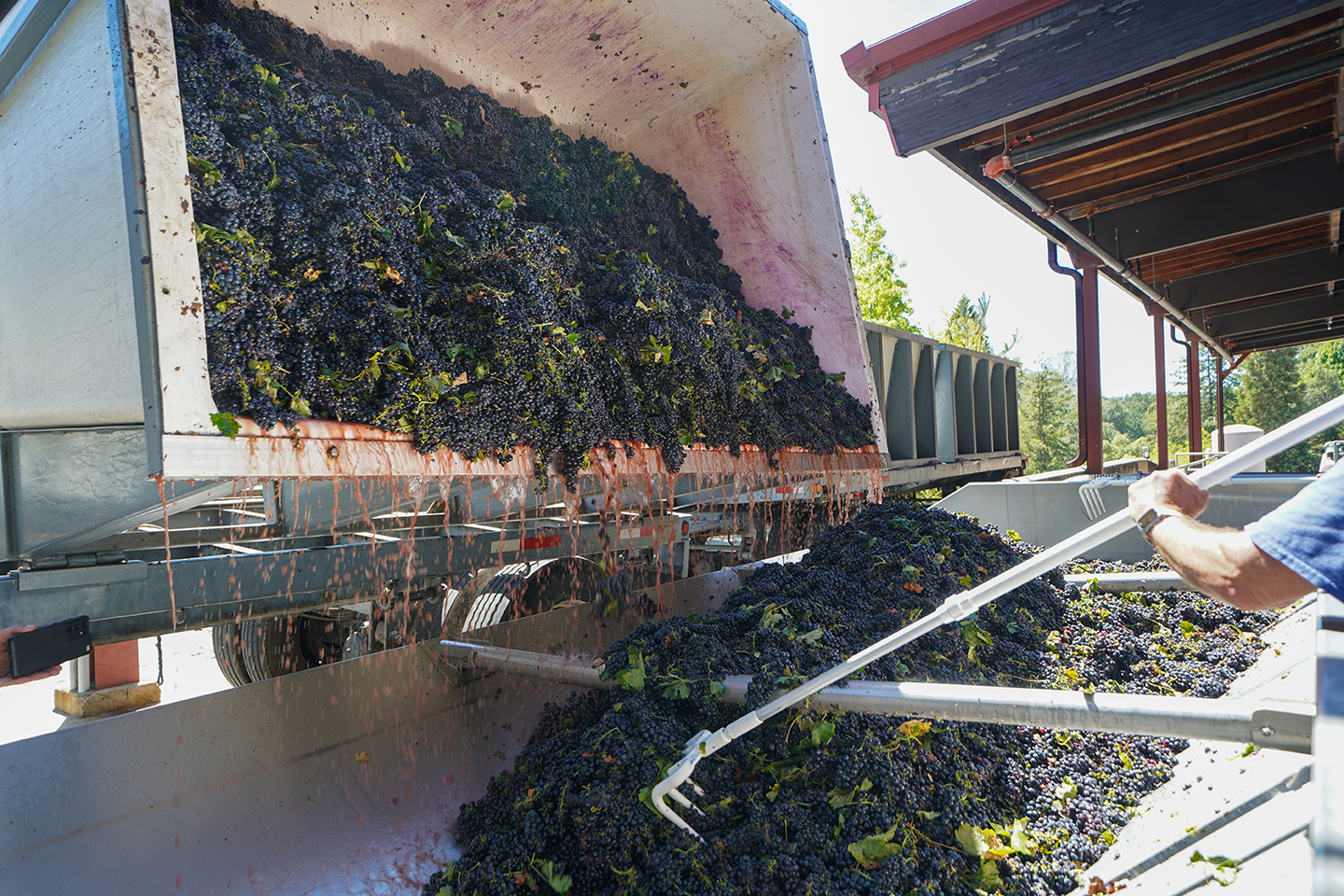This article is a part of a series of profiles of CalChamber member companies that are contributing to the state’s economic strength and ability to stay competitive in a global economy. Visit California Works to learn more about this series and read past and future profiles.
 Ironstone Vineyards is one of California’s agricultural crown jewels, spearheaded by a family of Californians whose farming tradition spans half a century.
Ironstone Vineyards is one of California’s agricultural crown jewels, spearheaded by a family of Californians whose farming tradition spans half a century.
This award-winning winery exports its wines to every state in the nation and to more than 50 countries.
Top Tourist Destination
Founded by John Kautz in 1989, Ironstone Vineyards was built by blasting 10,000 feet of caverns into the mountainside. Kautz’ visionary creation is now a top tourist destination in Calaveras County. It lures visitors with a beautifully designed landscape and draws hundreds of visitors each year to enjoy the blooming of the more than 300,000 daffodils planted on the vineyard grounds.
 In addition to its wine tasting, dining and retail shop offerings, the winery also houses a museum that is organized around three themes: local geology, the Gold Rush and the Native Americans of the area.
In addition to its wine tasting, dining and retail shop offerings, the winery also houses a museum that is organized around three themes: local geology, the Gold Rush and the Native Americans of the area.
The centerpiece of the museum is a crystalline gold leaf specimen, weighing 44 pounds troy—the largest in the world. According to a Sonora Union Democrat report published in 2010, the French government wanted to buy the nugget for the Louvre Museum when the nugget arose for sale, but Kautz, feeling it belonged in California, purchased the specimen and it is now on display at the winery, which is located only 9 air miles from where the nugget was found.
The winery also boasts a 200,000 square-foot amphitheater, which frequently hosts festivals, events and concerts.
In a book chronicling the Kautz family history and efforts in California, Visit California President and CEO Caroline Beteta refers to the winery as a Gold Country cultural center, integral to the region’s tourism.
“It’s easy to forget that only decades ago, the Route 49 corridor and indeed great swaths of California were largely off the map for tourists,” Beteta said. “It has taken visionaries like John (Kautz), rooted in California traditions and animated by our pioneering spirit, to inspire the world’s travelers to discover all corners of our Golden State.”
Advocating for California
For decades, the Kautz family has been a part of state and national efforts to spur the agricultural economy at home and abroad.
John Kautz and his wife, Gail, have participated in numerous international delegations. Shortly after the Iron Curtain fell, in 1990, Kautz, Gail and their son, Kurt, were part of the American contingent of agriculturalists from 34 countries who gathered in Yalta for the 17th annual General Assembly of the International Organization of Vine and Wine, a Paris-based association advocating uniform laws to govern the international commerce of wines and table grapes.
The following year, in 1991, Kautz and Gail represented California Governor Pete Wilson at the California State World Trade Commission. The agenda of the mission was complex: a round of top-level discussions with European Community officials in Brussels to press for more market-oriented trade policies; a series of talks with General Agreement on Tariffs and Trade negotiators in Geneva; official visits to the Governor’s Foreign Offices of Trade and Investment in London and Frankfurt; and through other contacts, an effort to gain a better understanding of European competition, particularly production and marketing practices.
Kautz also became involved as chairman of the board of the Agricultural Network, an organization designed to formulate and communicate the case for agriculture in as many venues as possible.
With the support of Kautz and the Agricultural Network, KVIE, a Public Broadcasting Service member station in Sacramento, launched California Heartland, a documentary series chronicling rural life and agriculture in Central California.
In 2006, a Vision for the Valley campaign was launched to finance the continuation of television programming in the years to come, and to which the Kautzes donated. After 10 years on the air, California Heartland was renamed America’s Heartland, with an expanded scope, and reached a national audience.


Sustainable Agricultural Practices
Ironstone Vineyards practices sustainable viticulture, reducing water use, building healthy soil, and maintaining the surrounding wildlife habitat. These practices include:
• Using Drip Irrigation: Drip irrigation systems are beneficial in delivering water deliberately and more uniformly to the vines. Past practices in the industry included flood irrigation and the use of sprinklers. These poorly developed practices added to the overuse of limited water resources. Drip irrigation lines can also be used to administer fertilizer and soil additives.
• Reduced Pesticide Use: For years, Ironstone Vineyards has fervently strived to reduce its use of pesticides and herbicides. If applications of these are necessary, they use the softest chemicals and the lowest doses possible.
• Leaf Pulling: This technique involves removing leaves around the grape clusters when the berries are about the size of a pea, which improves air circulation in the grape canopy, reducing the likelihood of rot. This practice also exposes grape bunches to sunlight which significantly improves winegrape quality.
• Planting Cover Crops: Cover crops help reduce evaporation of water, decrease soil erosion, give haven to beneficial insects and organisms, and when the cover crops decompose, they add organic matter back to the soil.
• Using Compost: Adding compost, grape pumice (the remains of the grape skins, leaves and stems after the pressing process) or manure to the vineyard soil reintroduces valuable nutrients.
• Creating Owl Boxes and Raptor Perches: Placing owl boxes throughout vineyards increases their habitation. Perches allow for hawks, falcons and other predators to scout for vineyard vermin. These birds are necessary to naturally reduce the impact of gophers and voles, which can cause extensive damage to the vines and their root system.
• Restoring Riparian Habitat: Riparian ecosystems, the interface between land and water, are highly productive areas associated with creeks, streams, rivers and wetlands. They support more diverse and abundant wildlife populations. As caretakers of large portions of land, Ironstone Vineyards takes the responsibility to restore these valuable habitats which are incorporated into its vineyards. Through water bank stabilization, the removal of nonnative plants and the restoration of the natural flora, these habitats now provide safe haven for many creatures.

